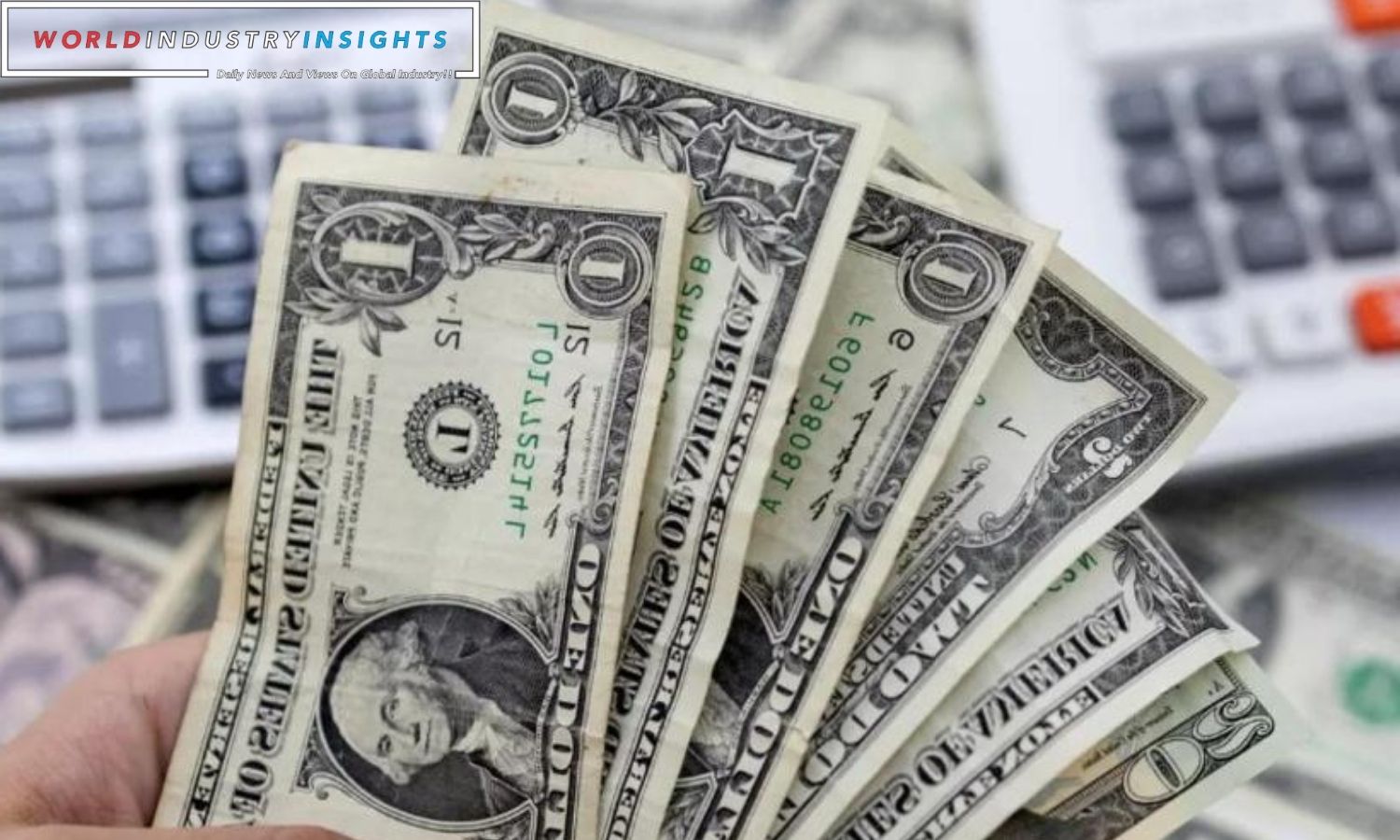U.S. Dollar Holds Strong: The U.S. dollar is holding its ground versus a set of important equivalents near a 10-week high in the global currency market. The U.S. dollar is still strong against major currencies and near its peak. The dollar has also climbed to levels not seen since November against the yen. Treasury yields have soared since the financial crisis. This drives currency theater. This route is unpredictable, like a whisper that U.S. interest rates may stay high for a long time. This ambiguity permeates the trajectory.
The People’s Bank of China unveils its approach in these currents. Setting a daily midpoint, which is more accurate than most predictions, boosts the yuan. Thus, the People’s Bank of China boosts the yuan. This project was started in response to recent yuan strain. Due to Beijing’s poor progress in stabilizing the economy and real estate market, investors are impatient.
The U.S. dollar index’s secret dance is tricky. The index artwork compares the U.S. dollar against six other developed-market currencies. A 0.1% decline to 103.24 is significant, but the index is still close to its June 12 high peak of 103.68.
This ongoing narrative is analyzed by Westpac currency analyst Richard Franulovich. He discusses rising US yields and how China isn’t doing enough to address housing and financial market concerns. This is important, he says. In his note, Franulovich wonderfully describes how these variables are building a bullish sentiment that surrounds the US currency.
In this complicated dance, a bright future is emerging. Everyone is watching Federal Reserve Chairman Jerome Powell give the keynote lecture at a Jackson Hole, Wyoming convention. This conversation may illuminate a rate-increment-based path. Franulovich believes this approach might boost the dollar and drive the index beyond 104.
The money markets, a tapestry of possibilities, are rumbling of a 25-basis-point Fed raise by November just below the 50/50 balance.
Read More: US Treasury Bond Yields Surge: Impact on Equities and Cryptocurrencies
This scenario indicates a 25-basis-point increase by November is barely below stability. As the plot progresses, the script anticipates the central bank’s rate decreases the following year.
As more individuals pay attention to the dollar-yen dynamic, the stats show it. The dollar falls 0.1% to 146.125 yen. This is a minor environmental change. The dollar and yen remain susceptible to the US Treasury’s long-term yield symphony. The standard 10-year yield is at 4.366%, the highest since November 2007. This is the highest yield since November 2007.
It rises 0.1% in the euro’s realm to $1.09055, indicating how swiftly things can change. China’s economic story has become more prominent as the yuan evolves. The meticulously calculated midpoint of 7.1992 per dollar mirrors the yuan’s ascent. This strategy builds a stable foundation and matches the yuan’s ascent.
A strategic response to poor policy initiatives is emerging. This story is ideal, given Beijing’s economic stimulus initiatives continue to offer little hope. The offshore yuan, which maintains steady around 7.2872 and has a calibrated strength that makes it resistant to recent movements, complicates the puzzle.
As China’s yuan revaluation spreads, the Australian dollar, which normally follows China’s lead, stays around $0.6413. This is true even if China’s impact is typically shown. Since the Australian dollar goes its own way, the tale continues. After overcoming turbulence, this currency is rising. Australian Commonwealth Bank senior currency analyst Kristina Clifton. Writing her ideas, she feels uncertain. She uses the gloomy background to represent a trend downturn may produce a dip below $0.60.
The story becomes a tapestry due to global currencies’ complex interactions. The moves, twists, and intricacies honor banking’s intricate dance. This intricate tango has subtle adjustments and rich implications. Everything together shows how complicated this dance is.
Our Reader’s Queries
Why is USD getting stronger?
The value of the dollar rises when there is an increase in demand for it. On the other hand, if the demand for the dollar decreases, its value also decreases. The demand for the dollar is influenced by international parties such as foreign citizens, foreign central banks, or foreign financial institutions who require more dollars.
Is the dollar expected to stay strong?
Despite strong global growth, the US dollar held its ground in 2023 and may continue to do so in 2024, as per Isabella Rosenberg from Goldman Sachs Research.
Is the dollar losing value 2023?
In November, the euro gained strength against the dollar after a short-lived rally from August to October 2023. The dollar could face additional challenges in 2024 if the Federal Reserve decides to maintain current interest rates and potentially decrease them, as many experts predict.
Which is the strongest currency in the world?
The Kuwaiti Dinar (KWD) holds the title for the highest-valued currency in the world. This currency has maintained its position as the most valuable since its inception in 1960.


